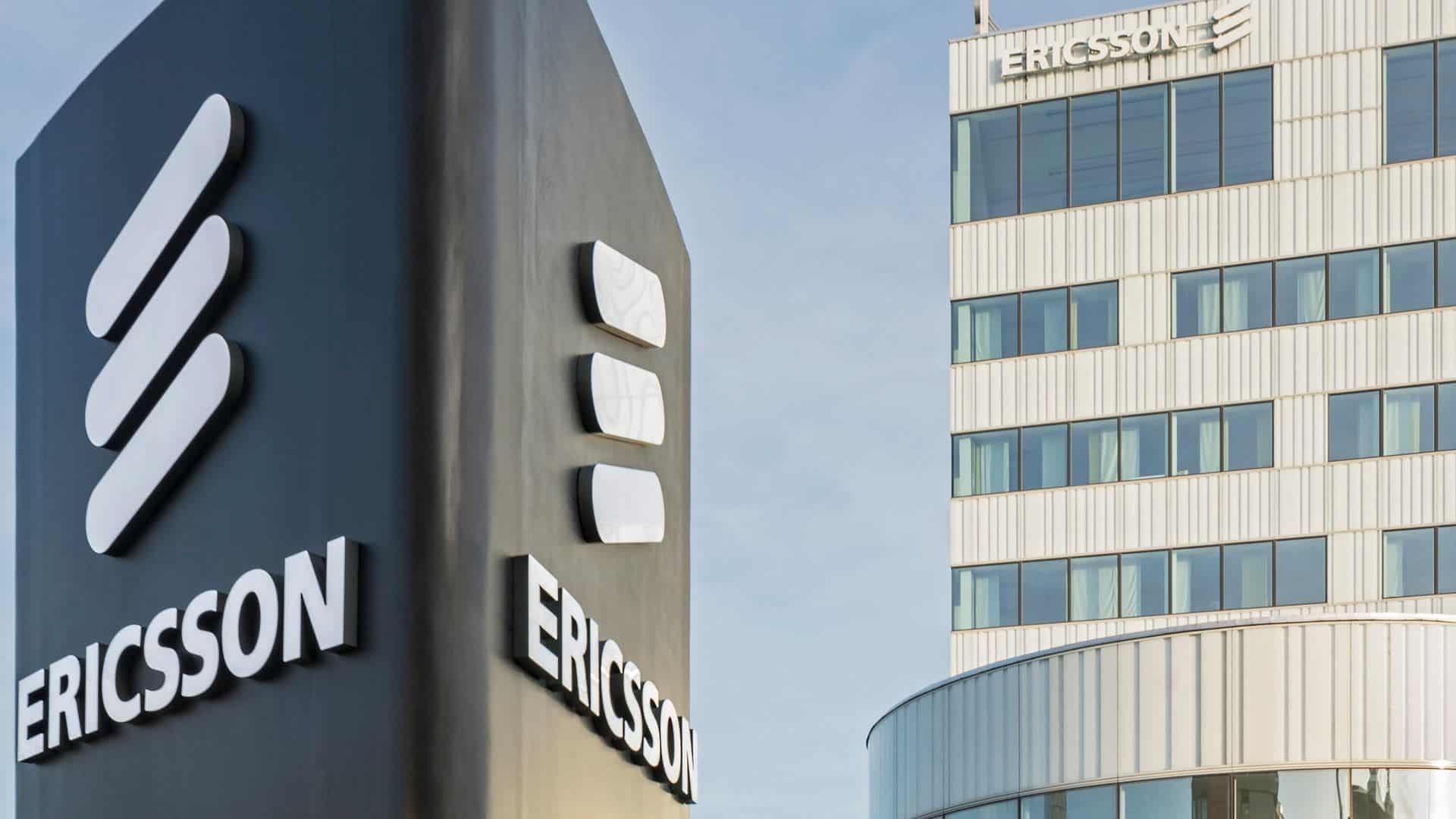As Donald Trump returns to the White House, many of his bold ideas from his first term are resurfacing. Among them is a proposal that once sparked both intrigue and skepticism: the idea of the US buying Nokia or Ericsson, or even both. This plan, first suggested by former Attorney General William Barr in 2020, could make a comeback as the US seeks to strengthen its position in the global telecoms industry.

The Rationale Behind the Proposal
The US lacks a significant presence in the telecoms equipment manufacturing sector, a critical area for both civilian and military technology. With reliable networks becoming increasingly vital—evidenced by their role in Ukraine’s drone warfare—the US has a strategic interest in securing its telecoms infrastructure. Nokia and Ericsson, the two dominant players in the Western market, could offer a solution.
Barr’s original proposal suggested the US take a “controlling stake” in one or both companies, either directly or through a consortium of private firms. While the idea seemed far-fetched at the time, the underlying rationale remains relevant. The US has pressured allies to avoid China’s Huawei, leaving Nokia and Ericsson as the primary alternatives. However, both companies have struggled with profitability, raising questions about their long-term viability.

Nokia and Ericsson’s Struggles
Despite their duopoly in Western markets, Nokia and Ericsson have faced challenges. Both companies have seen disappointing financial performance in recent years, and neither has received strong support from the European Union. This lack of backing is surprising, given that telecom equipment is one of the few sectors where Europe holds a technological edge.
In a rare move, the CEOs of Nokia and Ericsson recently held a joint lobbying event in Brussels, urging the EU to act quickly to prevent the tech gap with the US from widening further. This collaboration highlights the growing pressure on both companies to secure their futures.

Flirting with the US
Both Nokia and Ericsson have shown they want closer ties with the US. Ericsson’s CEO, Börje Ekholm, lives in the US and has hinted at moving the firm’s main office there. Ericsson also made a public donation to Trump’s recent inauguration, showing it is open to working with the new team.
Nokia, on the other hand, calls the US its “second home,” even though it lost big deals with US firms like Verizon and AT&T. The choice of Justin Hotard, a US citizen and Intel executive, as Nokia’s new boss shows the firm’s focus on the US market.
While closer links with the US could help Nokia and Ericsson, there are risks. If one firm were to become US-based, it could gain a big edge over the other, upsetting the balance. This could shake the already weak stand-off between the two firms.
A Beguiling Proposal
Trump’s plan to buy Nokia or Ericsson is still just an idea, but it shows how key telecom brands are in today’s world. Whether this plan comes back or not, it points to the rising fight between the US, Europe, and China for tech power. For now, what lies ahead for Nokia and Ericsson—and their place in global telecoms—is still unclear.





